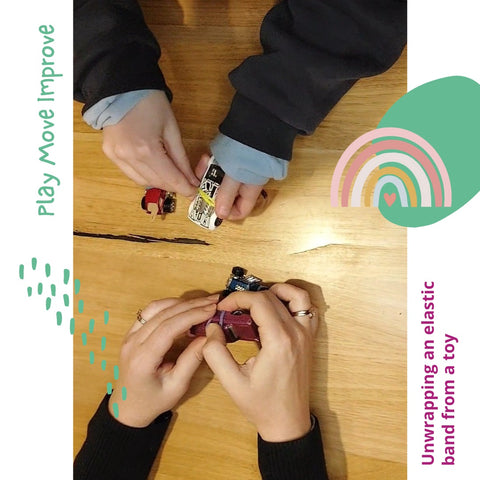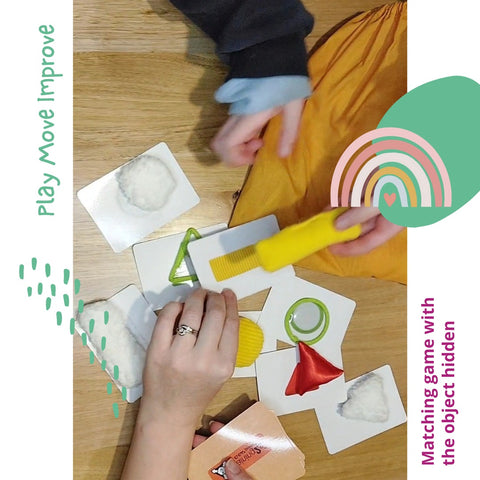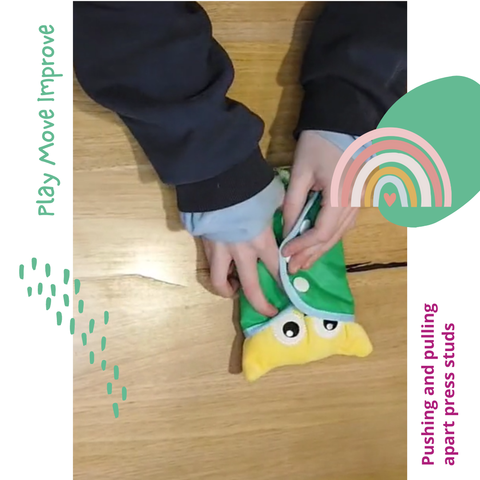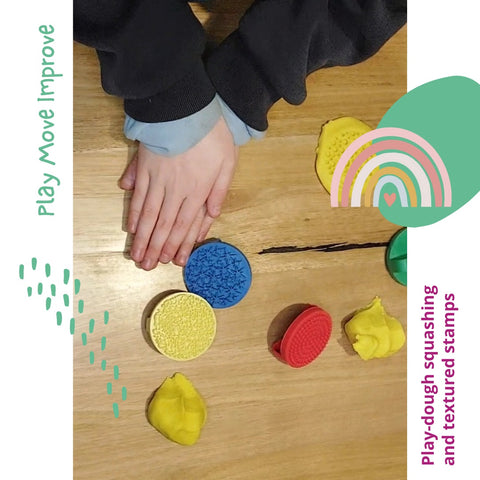Ways to improve handwriting pressure - play based learning activities
Your child may apply either too little, or too much, pressure when handwriting due to one of these following challenges:
✋Poor proprioception of the arm, hand, and/or fingers (unaware to feel the position of their body in relation to the position of the pencil and the paper)
✋Poor reflex integration (the neck and/or palmar reflexes may be controlling the child's movement rather than the cerebellum, frontal lobes, etc.)
✋Poor hand strength and coordination (possibly due to not enough sensory and fine motor play and/or poor muscle tone of the arm, hand, and/or fingers)
✋Poor vestibular and visual coordination
There are 5 play activities to help your child:
1. Unwrapping an elastic band from a toy (cars are a good example). This builds up bilateral coordination, hand strength, finger proprioception, and hand-eye coordination

2. Matching game with the object hidden - this activity tests children's able to feel the objects using their proprioception and sensory integration skills, without being able to rely on their eyes to see the objects inside the bag

3. Pushing and pulling apart press studs to work on the skills necessary for handwriting - bilateral coordination, proprioception, spatial awareness, hand-eye coordination

4. Hand held hole punch to build up the muscle tone, proprioception, bilateral coordination, and endurance of the fine motor muscles

5. Play-dough squashing and textured stamps to show the child how much pressure they are applying to the play-dough and the stamps, so that they can have visual feedback about the amount of pressure that they are putting through their body. This visual feedback helps them to develop their proprioception and force control, while also building up skills of bilateral coordination, wrist extension, etc.

If children don't experience enough engagement in sensory play activities during the early years to build up their proprioception, muscle tone, motor sequencing, and sensory/reflex integration skills then this may lead to:
👉Poor handwriting pressure (may write too hard, or not hard enough)
👉Poor letter formation (some letters will be written too small, too large, mixture of upper case and lower case letters)
👉Poor handwriting endurance (difficulty completing written work)
👉More likely to give up on the task quicker
👉More like to lose focus on the writing task
Need more tips?


Leave a comment